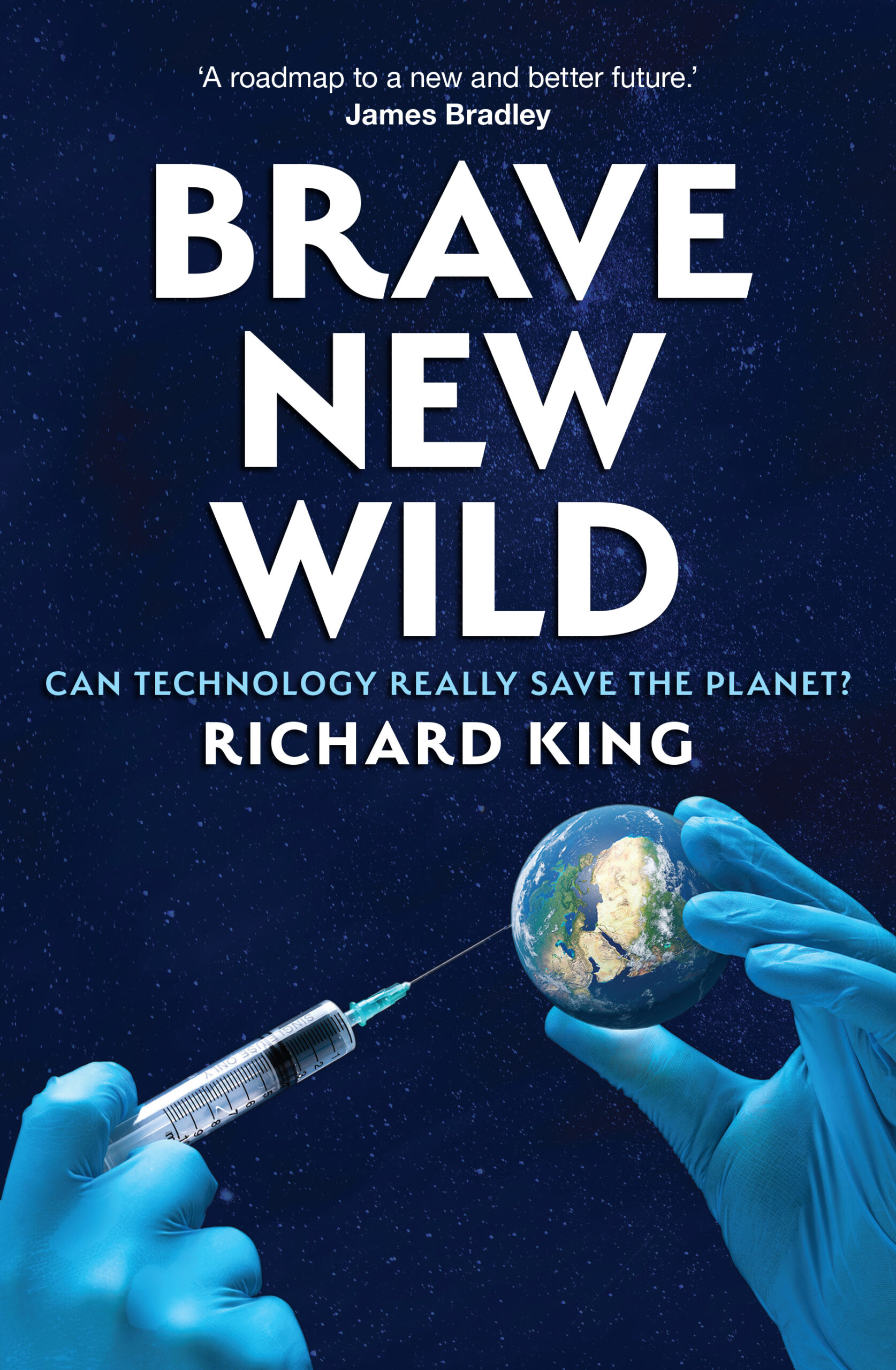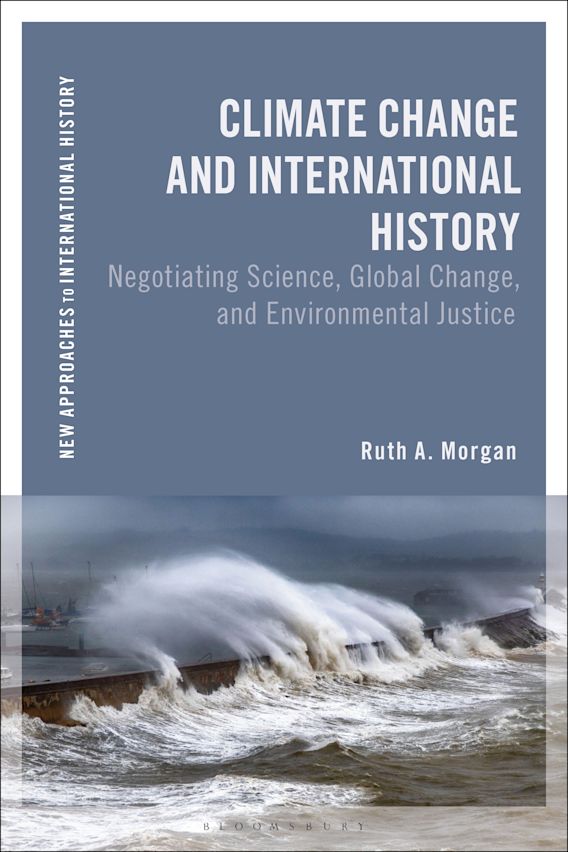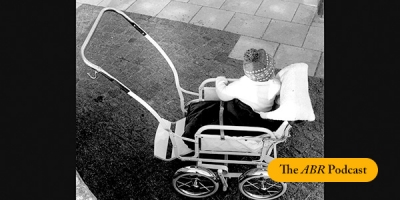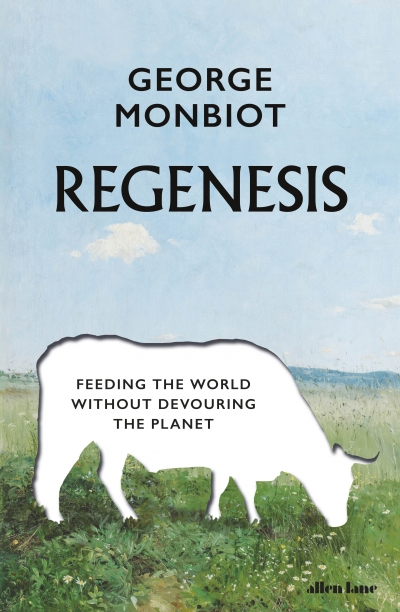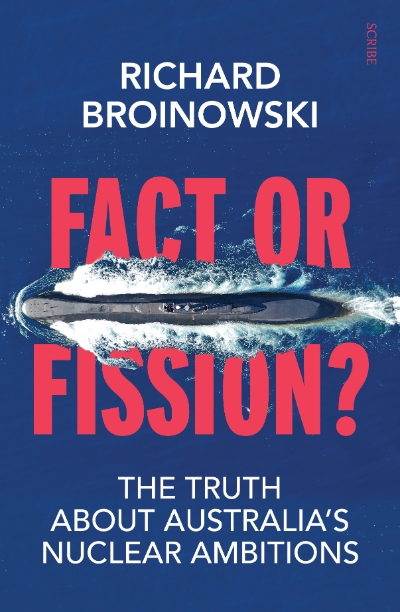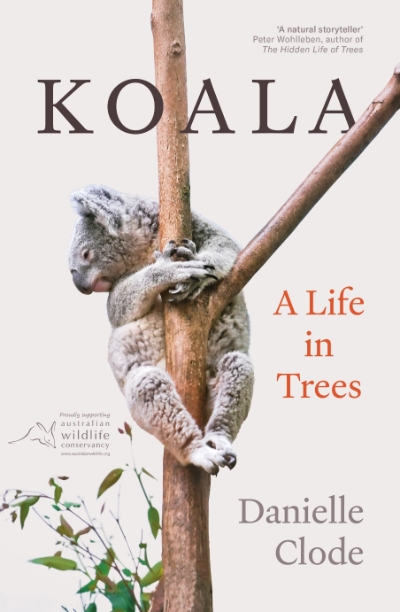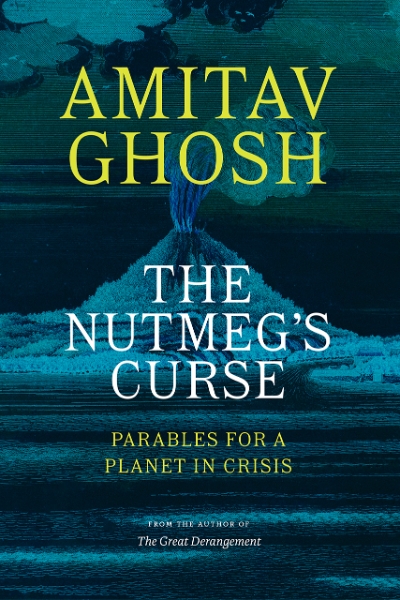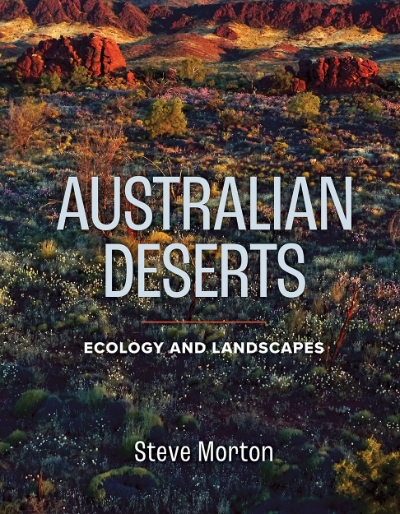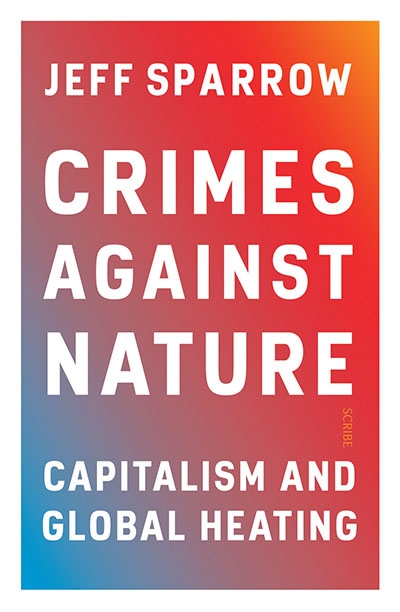Environment and Climate
Brave New Wild: Can technology really save the planet? by Richard King
There is change. Then there is rate of change, known as velocity. Then there is rate of rate of change, known as acceleration. In physics, the three are distinct; psychologically, however, the distinction is more difficult to conceive. Certainly, this seems the case for Richard King in his latest book, Brave New Wild: in detailing an apparently new techno-political phenomenon called ecomodernism, he seems to confuse an uptick in the rate of technological change for a distinct change in itself, arguing that we are at the start of a paradigm shift.
... (read more)Climate Change and International History: Negotiating science, global change, and environmental justice by Ruth A. Morgan
In 2020, with Katie Holmes and Andrea Gaynor, Ruth A. Morgan co-authored ‘Doing Environmental History in Urgent Times’, an article which was published in a dedicated ‘In urgent times’ edition of History Australia. With more than 8,800 views since its publication, which coincided with the first Covid lockdowns, the paper has gone on to become that journal’s most read article in its twenty-year lifetime. In it, the co-authors staunchly called for ‘barbed and incendiary histories that hold wrongdoers to account and keep watch over the present’. History writing is an inherently political act, and they stressed – in italics, no less – ‘there is no justice without history’. Four years on, there remains an ever-accelerating and palpable urgency to the work of history writing. With coruscating prose and assiduous scholarship, Climate Change and International History adds its voice to this chorus.
... (read more)In this week’s ABR podcast we hear from the runner-up of the 2023 Calibre Essay Prize, Bridget Vincent. Calibre judges Yves Rees, Peter Rose and Beejay Silcox praised Bridget Vincent’s ‘Child Adjacent’ for its wryness and compassion. They noted that it broadened our understanding of the family and interrogated the terrors and moral dilemmas of raising children in the climate crisis. Bridget Vincent is a Lecturer in English at the Australian National University. Listen to her reading ‘Child Adjacent’, published in the June issue of ABR.
... (read more)This is British environmentalist and writer George Monbiot’s overarching theme in his important new book, Regenesis. While focusing primarily on his native Britain, Monbiot uses a wealth of research – there are almost one hundred pages of notes, and he claims to have read more than 5,000 papers and ‘a shelf of books’ – to argue that the global food production system is in a parlous state. Without comprehensive reform, Monbiot warns, we risk nothing less than the survival of our species.
... (read more)Fact or Fission: The truth about Australia’s nuclear ambitions by Richard Broinowski
On 15 September 2021, Scott Morrison announced his government’s commitment to a defence pact and nuclear submarine deal with the United Kingdom and United States. Abbreviated to AUKUS, this collaboration sent shockwaves through ranks of diplomats, security analysts, anti-nuclear advocates, and members of the Australian public. In signing the AUKUS pact, Morrison signalled Australia’s termination of a $90 billion submarine deal with the French government and reignited concern over Australia’s role in fuelling nuclear proliferation and potential conflict. Drawing upon ‘insider’ knowledge as a former diplomat, Richard Broinowski has contributed to the discussion by placing AUKUS in its historical context in an updated edition of his book Fact or Fission? The truth about Australia’s nuclear ambitions, originally published in 2003.
... (read more)This is the third book dedicated to the koala that I have reviewed in ABR in the past fourteen years. That level of attention says much about the place we hold in our hearts for this endearing marsupial. It also relates to the fascinating natural and social history of the koala, along with the wildlife management conundrums it throws up. The koala is probably the most widely recognised of Australia’s animal species. It is also probably the most studied of our roughly 380 mammalian species, so there is a strong knowledge foundation around which to build a good story.
... (read more)I don’t know why some people seem to think voting is a great imposition. I love lining up and watching the person behind the table pick up the ruler and find my name. There’s a little warm glow of being one tiny thread in the great muddled ball of string that is the democratic process. Always, in the queue there’s a particular feeling: pleased, proud, everyone hugging to ourselves the little secret of how we’re going to vote. When my kids were at primary school, I loved helping to person the stall churning out the Democracy Sausages.
... (read more)The Nutmeg’s Curse: Parables for a planet in crisis by Amitav Ghosh
Approximately 37,000 years ago, a volcano erupted in the south-east corner of the continent now known, in settler-colonial parlance, as Australia. His name is Budj Bim. As his lava spread and cooled, Budj Bim’s local relations, the Gunditjmara people, set about developing new ways of managing the changing landscape. They would engineer, most famously, a large and sophisticated aquaculture system, one dedicated in particular to the raising and harvesting of Kooyang, or eels. This infrastructure, explains Gunditjmara man Damein Bell, was instrumental in providing food to ‘one of the largest population settlements in Australia before Europeans arrived’.
... (read more)Ecologist Steve Morton’s new book opens with a telling anecdote: as a young scientist in Alice Springs, he often advised visiting film crews about promising locations for their nature documentaries. When one group returned after a week in the desert, they reported back on a single hitch in an otherwise successful trip – a lack of wind-blown sand dunes. To fix this problem they cleared spinifex off a dune, creating a large expanse of bare sand, the illusion enhanced by accommodating morning winds.
... (read more)Crimes against Nature: Capitalism and global heating by Jeff Sparrow
There is a debate as long-running as climate change itself: can capitalism, with its demand for endless growth, be sustained on a planet with finite bounds and limited resources? Freemarketeers say yes. For them, the issue is not capitalism per se but an economic model that does not factor in the true cost of emissions. As a result, we the people and the planet are subsidising industries that pollute for free. The counterargument is based on simple intuition: How on earth can capitalism, the unstoppable force be contained inside the inelastic object? This has never received a convincing reply.
... (read more)

